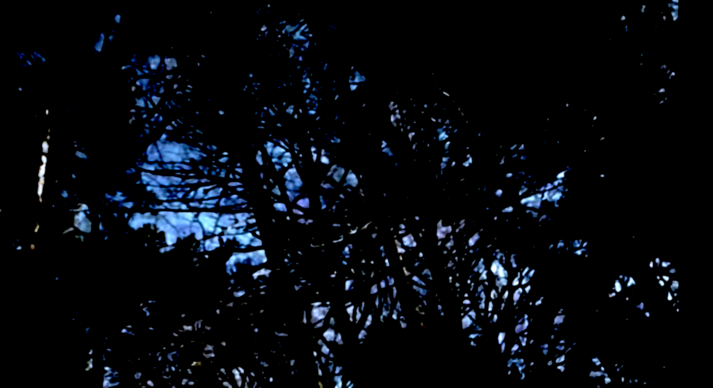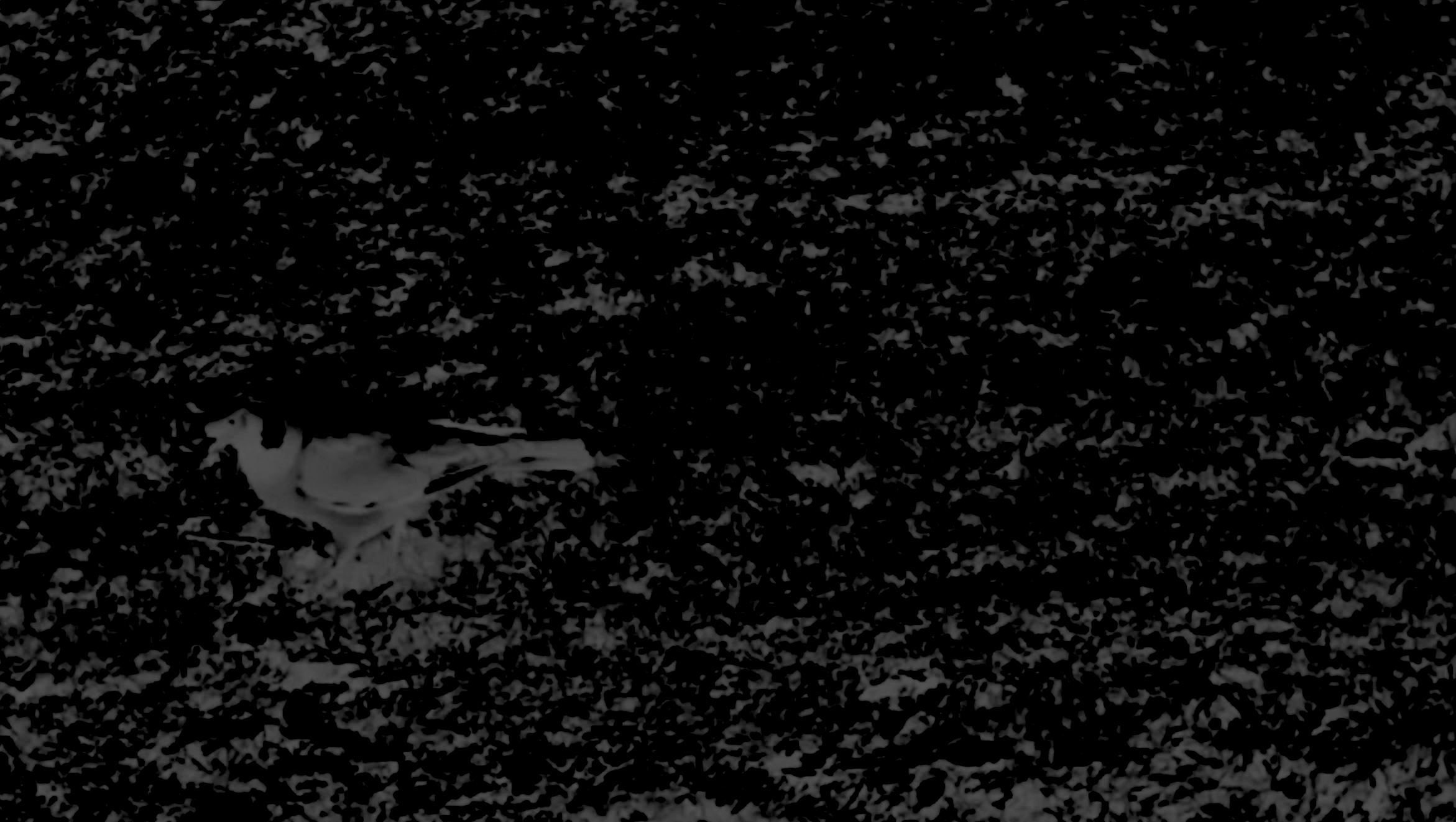This also connects the practice to projects such as ‘sensing the city’. As Nicholas Whybrow and collaborators (2021) outline, this project explored ‘the way practice-based techniques, centred on animate bodies and their capacities to sense, can be utilised, first, to apprehend the city, which entails applying generative fieldwork methodologies; and, second, as a consequence of these explorations, to find appropriate means of giving practical critical expression to those aspects of urban living with which they concern themselves. (p.1). Whybrow goes on to explain that:
The Sensing the City project sought to undertake a series of site-specific studies of urban rhythms, atmospheres, textures, practices and patterns of behaviour in the West Midlands city of Coventry (UK) over a three-year period, beginning in April 2017. It aimed to make use of the sensate, performing human body effectively as an in situ data-gathering sensor in the first instance, proceeding to apply techniques of writing, drawing or notation as well as technologies of sound/oral recording, photography, performance and film in the second instance to process and document this fieldwork activity (p.1).
Many of these intentions resonate with the methodologies and processes employed in this research including how the ‘sensate body’ can be used to ‘apprehend the city’, followed by an exploration of the ‘means of giving practical critical expression’ to the elements of the city explored. It also links in its themes to the urbanflows project enacted by sirenscrossing and outlined by Carolyn Deby (2021). This ‘micro-project … immersed audiences in the “ecological intertwining of flesh, sign and world”’ through sited dance practices across the city. Unlike Urban Wild_life, Deby refers to the “urbanwild”, conjoining two concepts seemingly at odds with each other and sees ‘the urbanwild forms' as 'a field of converging flows and energies’ rather than made up of separate entities and encounters between beings. In contrast, within this project and adopting a multispecies perspective, I hold on to the differences between my human self and the more-than-human world I encounter, not least to emphasise the asymmetries of power between us, the irresolvable differences of intent and the productive distinctions between how we live in the city.
Finally, it is also important to say that this practice operates in a related but distinct space to much of what is characterised as eco-performance and eco-dramaturgies in that the inquiry is pursued, as outlined below, in close and affective relationships with technological applications. As part of the process, these technologies are brought into the types of ecological relationships explored and rub together with the ‘external’ ecologies of wild nature to which they refer and which they meet through live mixing practices. The ‘ecology of technology’ (Bridle 2022) which this creates in the making process is crucial to the findings of this project, as manifest in both its documentation of processes and its creative outputs. James Bridle describes an ecology of technology as ‘concerned with the interrelationships between technology and the world, its meaning and materiality, its impact and uses’ (p.14). These interrelationships between the encounters with wild lives and the technological means used to creatively explore the feelings emerging from these encounters are crucial to the methodology and methods employed throughout the project, as outlined in the next section.
In her book, Woynarski offers a study of ‘the ways in which contemporary performance has critiqued and re-imagined everyday ecological relationships’ (p.11). She focuses on works that ‘prompt the audience (or participants) to consider ecological relationships through the content, form and/or the experience of the performance’. Woynarksi is also interested in ‘the way in which the performance enacts ecological thinking’, arguing that the examples considered ‘‘do something’: reveal, disclose, critique, problematise and extend thinking of ecological relationships in one way or another’ (P.8).
‘Ecological thinking’, according to Woynarski, ‘includes thinking about everyday relationships with the more-than-human, and how they are shaped by global capitalism, colonialism, ideology, race, class, gender, access and environmental injustice’. She also states that her ‘version of ecological thinking focuses on the ways in which these connections, and the effects of these connections, are violently unequal and disproportionate’ (P.8). In addressing the ‘theorisation and articulation of ecodramaturgies’ in this book, the focus is on ‘complexity, entanglement, tensions, contradictions and uneasily reconcilable ways of being and thinking’ (P.11). Finally, there is an interest articulated in ‘performance and theatre work that acknowledges the capacity for agency in the more-than-human without inscribing the nature/culture binary or configuring humans at the top of a strict, reductive hierarchy of being within a mechanistic worldview’ (P.77).
There are a number of elements here that resonate with the inquiry pursued through practice in this research project. I particularly recognise the focus on ‘everyday relationships with the more-than-human’ and the ways in which these are ‘violently unequal and disproportionate’, as well as the idea that a performance might enact ‘ecological thinking’ in its form and so ‘do something’ in relation to ‘thinking of ecological relationships’. In addition, the focus on ‘complexity, entanglement, tensions, contradictions and uneasily reconcilable ways of being and thinking’ feels particularly applicable to both the encounters from which these practices emerge and the practices themselves. They hold an ambivalence and uncertainty, as well as gaps, fissures and lacunae in their formation and manifestation; in how they are made and made manifest.
What is also interesting to consider in relation to the notion of ‘ecodramaturgies’ and the review of practice, is distinctions between performances and events about ecologies, species, plants and trees, those that are situated within those environments, and those (including the practices at the heart of this project) which explore living in a particular ecological entanglement – how it feels and what it means. In these ‘ecodramatugies’, it is not about using the materials of the natural world, theming a piece around a particular thread of climate-related thinking, or positioning the work in an ecological site. It is also not direct action or activism. Rather, it is about an embedded and relational set of encounters over time and a sustained engagement with a place that is then explored through creative digital practices. In this sense and as I explore in outlining the methodology, it aligns more closely with a multispecies approach to research through creative practice.

